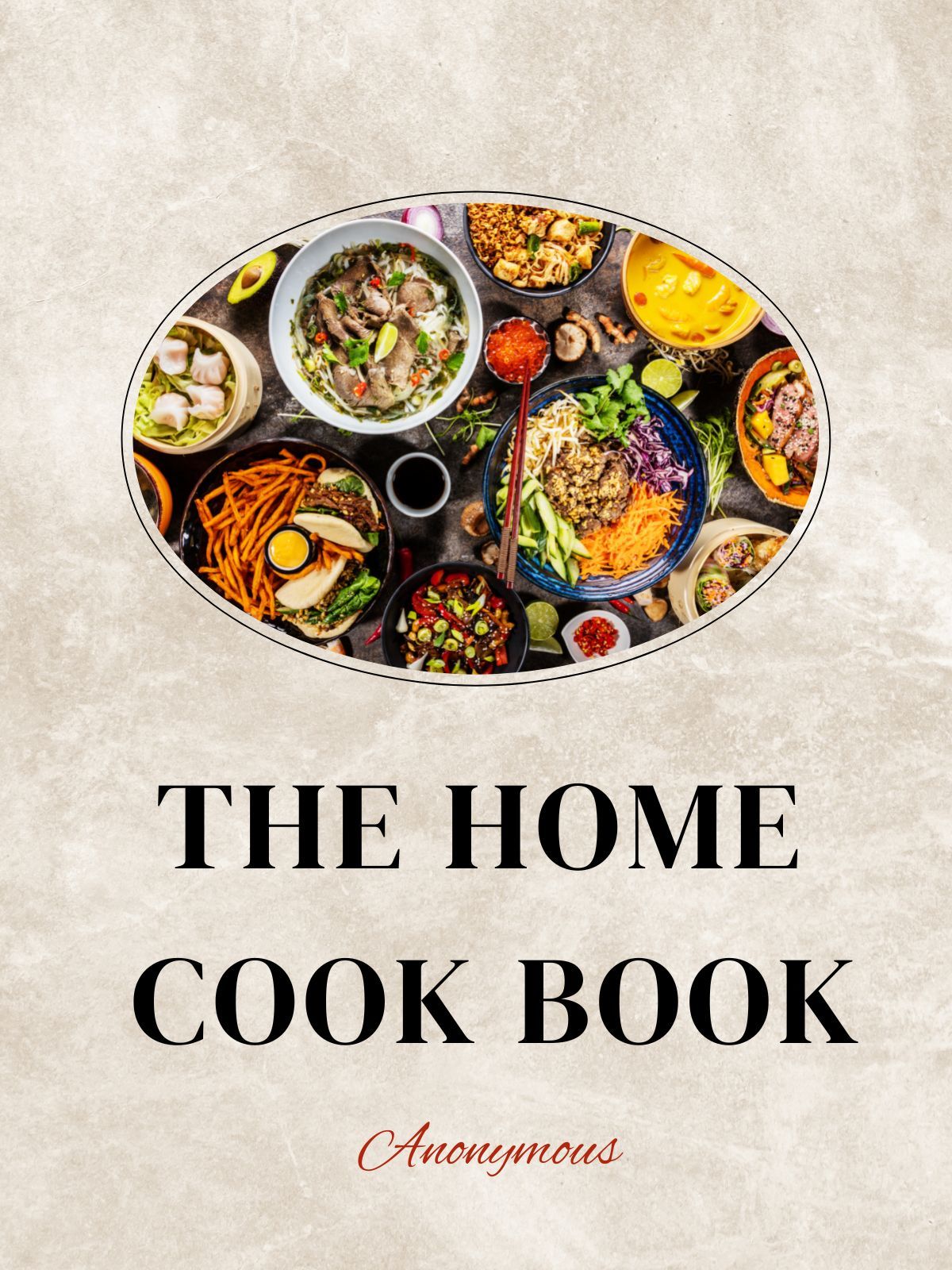

Most ebook files are in PDF format, so you can easily read them using various software such as Foxit Reader or directly on the Google Chrome browser.
Some ebook files are released by publishers in other formats such as .awz, .mobi, .epub, .fb2, etc. You may need to install specific software to read these formats on mobile/PC, such as Calibre.
Please read the tutorial at this link: https://ebookbell.com/faq
We offer FREE conversion to the popular formats you request; however, this may take some time. Therefore, right after payment, please email us, and we will try to provide the service as quickly as possible.
For some exceptional file formats or broken links (if any), please refrain from opening any disputes. Instead, email us first, and we will try to assist within a maximum of 6 hours.
EbookBell Team

0.0
0 reviewsThis cookbook is considered to be an important part of Canadian culinary history. It is both a cookbook and guide to home management. It is the first "community" cookbook to be published in Canada (1877).
Canadian cuisine consists of the cooking traditions and practices of Canada, with regional variances around the country. First Nations and Inuit have practiced their own culinary traditions in what is now Canada since time immemorial. The advent of European explorers and settlers, first on the east coast and then throughout the wider territories of New France, British North America and Canada, saw the melding of foreign recipes, cooking techniques, and ingredients with indigenous flora and fauna. Modern Canadian cuisine has maintained this dedication to local ingredients and terroir, as exemplified in the naming of specific ingredients based on their locale, such as Malpeque oysters or Alberta beef. Accordingly, Canadian cuisine privileges the quality of ingredients and regionality, and may be broadly defined as a national tradition of "creole" culinary practices, based on the complex multicultural and geographically diverse nature of both historical and contemporary Canadian society.
Divisions within Canadian cuisine can be traced along regional lines and have a direct connection to the historical immigration patterns of each region or province. The earliest cuisines of Canada are based on Indigenous, English, Scottish and French roots. The traditional cuisines of both French- and English-Canada have evolved from those carried over to North America from France and the British Isles respectively, and from their adaptation to Indigenous customs, labour-intensive and/or mobile lifestyles, and hostile environmental conditions. French Canadian cuisine can also be divided into Quebecois cuisine and Acadian cuisine. Regional cuisines have continued to develop with subsequent waves of immigration during the 19th, 20th, and 21st centuries, such as from Central Europe,
…